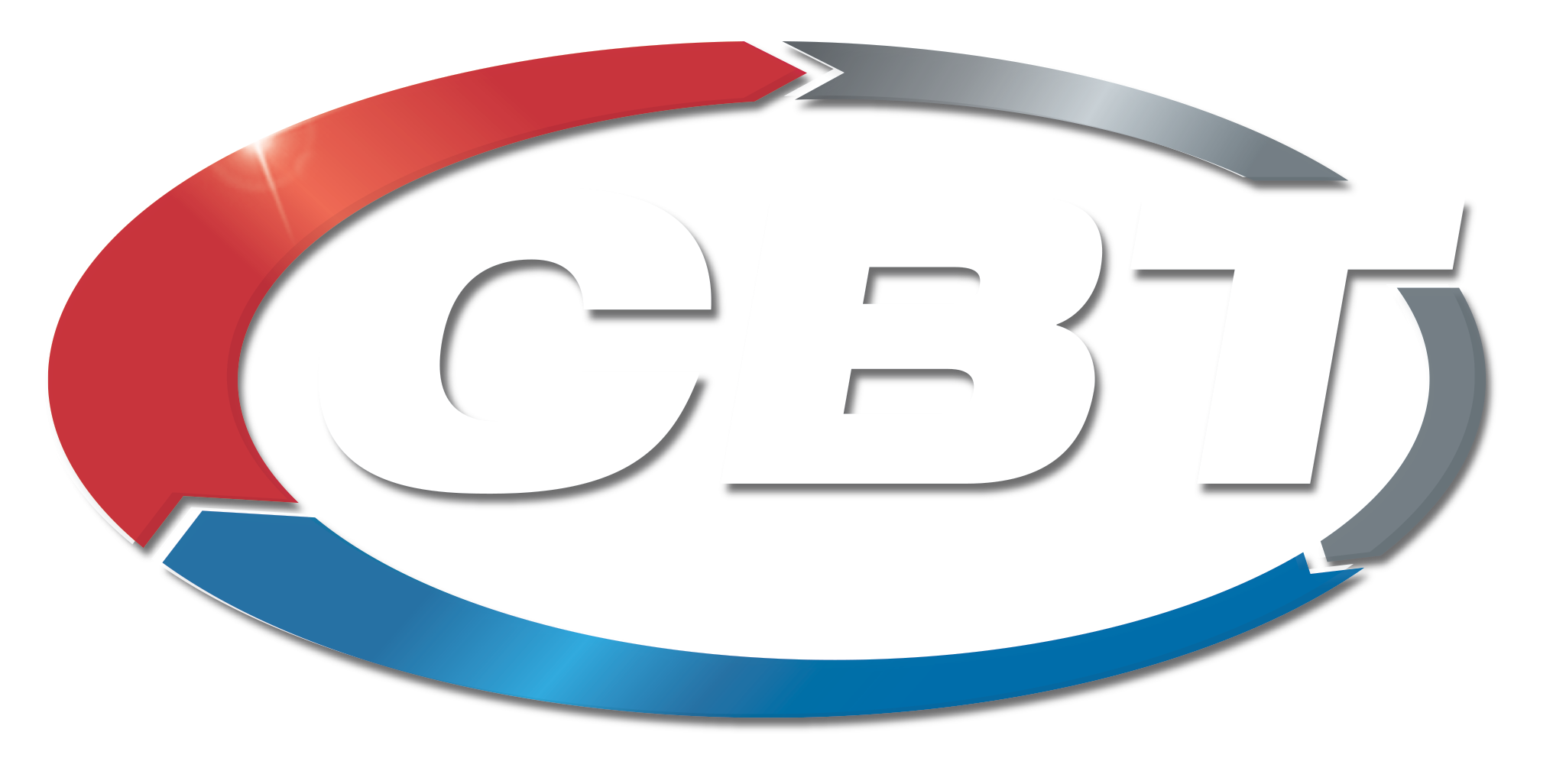 In March of 2010, the DOE (Department of Energy) instituted a ruling that incorporates small motors into their Energy Efficiency Programs. The DOE, as required by law, is mandated to review the readiness of the Energy regulations based on current materials and manufacturing technologies. This SMR (Small Motor Efficiency Rule) includes motors that are described in the information below. This rule went into effect on March 9, 2015. Motors requiring outside agency approval, such as UL or CSA have a 2 -year extension and need to comply by March 9, 2017. In addition, in May of 2014 the DOE released communications with required expansions of 3 phase, single speed, low voltage, integral HP motors, 1-500 HP to meet NEMA Premium efficiency levels, excluding some exceptions. This ruling expands current motor regulation for motors that were not previously covered in the EISA 2010 regulations. This rule goes into effect on June 1, 2016.
In March of 2010, the DOE (Department of Energy) instituted a ruling that incorporates small motors into their Energy Efficiency Programs. The DOE, as required by law, is mandated to review the readiness of the Energy regulations based on current materials and manufacturing technologies. This SMR (Small Motor Efficiency Rule) includes motors that are described in the information below. This rule went into effect on March 9, 2015. Motors requiring outside agency approval, such as UL or CSA have a 2 -year extension and need to comply by March 9, 2017. In addition, in May of 2014 the DOE released communications with required expansions of 3 phase, single speed, low voltage, integral HP motors, 1-500 HP to meet NEMA Premium efficiency levels, excluding some exceptions. This ruling expands current motor regulation for motors that were not previously covered in the EISA 2010 regulations. This rule goes into effect on June 1, 2016.  This new rule is predicted to save approximately 7 quads of energy and result in approximately $41.4 billion in energy bill savings for products shipped from 2016-2045. This rule is also predicted to reduce 395 million metric tons of carbon dioxide emissions.
This new rule is predicted to save approximately 7 quads of energy and result in approximately $41.4 billion in energy bill savings for products shipped from 2016-2045. This rule is also predicted to reduce 395 million metric tons of carbon dioxide emissions.
Motors now affected by this expansion rule include:
- NEMA Design A & B motors from 201 to 500 HP
- NEMA Design C motors from 1 to 500 HP
- All voltages less than or equal to 600 volts
- 8-pole motors

- Electric motors with non-standard endshields, flanges or shafts
- Motors with moisture resistant windings, like encapsulated or sealed windings
- Motors that use any non-standard mounting like a base or cradle
- Motors that do not have a base or cradle – footless designs
- partial designed electric motors – but not rotor and stator sets
- Vertical hollow shaft motors
- TENV designed motors
- JM and JP Pump motors
- Electric motors having thrust or roller bearings
- Integral brake motors
- Motors separately cooled with blowers on them
- Enclosed 56 fram 1 HP and larger – 56 Open motors are covered by the SMR
- Gearmotors if the motor can be removed from the reducer and work as an independent motor.
What does this mean for you?
No motors can be built after June 1, 2016 that do not comply with the expanded rule. Motors that are currently in stock can be used and sold until they are gone. These rules are all-encompassing of foreign and domestic manufacturers. Typically, a more efficient motor requires more material, which means that most higher efficiency motors get longer and heavier. Your application may need to be reconfigured depending on the size and location of the motor. Some 56/140 frames can no longer be built because they cannot meet the efficiency standards. It is also common for the more efficient motors to cost more initially, with large rebates and incentives available to help lower the overall cost. If your application requires a special motor, they must be redesigned to meet the higher efficiency EISA levels. CBT is here to make this transition as easy as possible for and application. For more information on the DOE Integral Horsepower Motor Rule, please contact your CBT specialist today.












